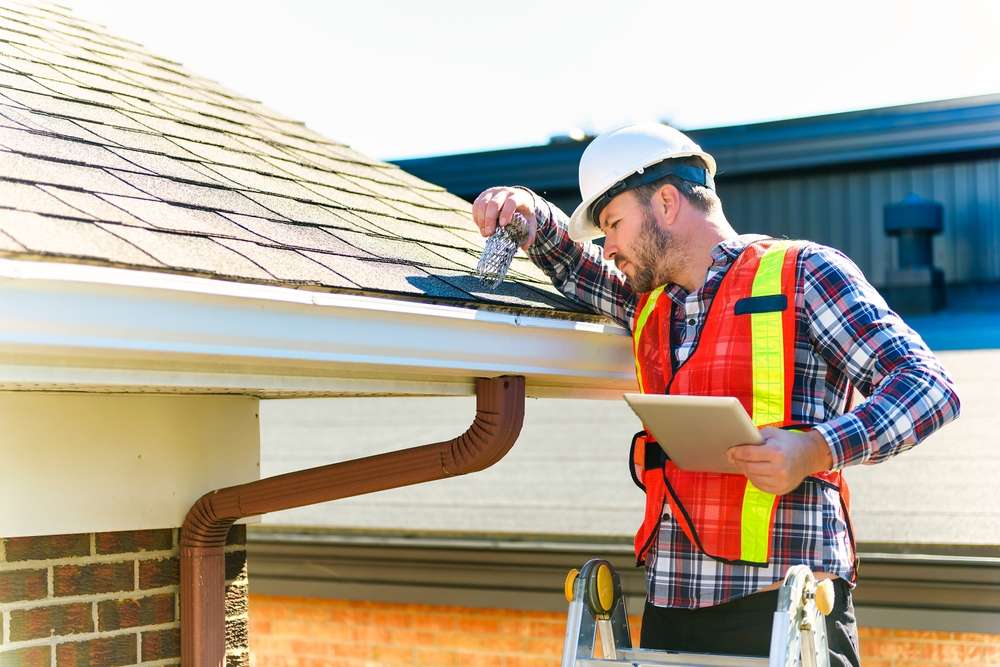Roofing Services: Types, Maintenance and Choosing a Contractor
A well-maintained roof protects a property, improves energy efficiency and extends the building’s life. This article explains common roofing services, how to assess roof condition, options for materials, what routine maintenance covers and factors to weigh when hiring a contractor. The goal is to give clear, practical information so you can make informed decisions about local services for your property in the UK or elsewhere.

What types of roofing materials are available?
Roofing materials vary by climate, budget and building type. Common options include asphalt shingles, slate, clay tiles, concrete tiles, metal roofing (steel, aluminium, zinc), and single-ply membranes for flat roofs such as EPDM, TPO or PVC. Each material has different lifespans, weight and maintenance needs: slate and clay can last many decades but are heavier and costlier to install; metal is lightweight and recyclable with a long service life; flat-roof membranes are suited to low-pitch applications. Consider local weather patterns and structural load capacity when comparing materials.
How to assess roof condition and lifespan?
A practical assessment begins with a visual inspection from the ground and, if safe, a close inspection from a ladder or by a professional. Look for missing or cracked tiles, rust on metal roofs, blistering or pooling on flat roofs, sagging areas and blocked gutters. Inside the property, signs include stain marks, peeling paint or mould on ceilings and loft insulation dampness. Typical lifespans vary: asphalt shingles 20–30 years, metal 30–50 years, slate 60+ years, and flat membranes 15–30 years depending on material and maintenance. Regular inspections help spot small issues before they worsen.
How to choose a roofing contractor?
Selecting a contractor should balance competence, local reputation and compliance. Check that contractors hold appropriate insurance (public liability and employer’s liability where relevant), ask for references and view recent work. Verify whether the company follows local building regulations and can provide written quotations that detail materials, labour, waste removal and any guarantees. For larger jobs, check for memberships in trade organisations or relevant registers. Request a site-specific risk assessment and confirm who will handle any required permits. A transparent contract reduces the likelihood of disputes.
What routine maintenance should be done?
Routine maintenance helps extend a roof’s life and reduce unexpected repair costs. Regular tasks include clearing gutters and downpipes, removing moss and vegetation that can trap moisture, checking flashings around chimneys and roof penetrations, and replacing slipped or damaged tiles. For flat roofs, ensure drains are clear and the surface is free from standing water. Schedule inspections at least once a year and after major storms. Keep records of maintenance and repairs, which can be useful for warranty claims and future buyers.
What common repairs are undertaken?
Common repairs cover replacing damaged or missing tiles, resealing or replacing flashings and ridge tiles, fixing leaks on flat roofs, addressing gutter failures and treating or replacing rotten timber in the roof structure. For metal roofs, repairs often address corrosion spots, loose fixings or seam failures. Simple repairs may be completed in a day, while structural repairs or full re-roofing require more extensive planning, scaffolding and time. Accurate diagnosis is important: temporary patching can be cost-effective short term but may not resolve underlying causes such as inadequate ventilation or poor original installation.
Permits, warranties and local services
Local services can vary in the level of support they provide: from inspections and small repairs to full re-roofing projects with scaffolding, planning assistance and waste removal. Check with your local authority whether planning permission or building control approval is needed—often required for major alterations or changes in roof materials. Warranties may cover materials from manufacturers and workmanship from contractors; understand duration and conditions, including maintenance obligations and exclusions. When seeking local services, compare several written quotes and ensure contractors provide clear timelines and responsibilities.
Conclusion
Understanding roofing materials, inspection methods, maintenance routines and contractor selection helps protect investment in a property and reduces long-term costs. Regular inspections and timely repairs are central to extending a roof’s service life, while clear contracts and appropriate warranties help manage expectations and risk. Prioritise safety, compliance and documented agreements when engaging local services for roofing work.


